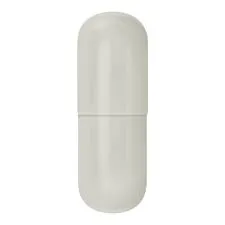(1) If the horizontal slurry pump causes a blockage of solid hard deposits in the volute, measures can be taken to remove the blockage.
(1) If the horizontal slurry pump causes a blockage of solid hard deposits in the volute, measures can be taken to remove the blockage.






